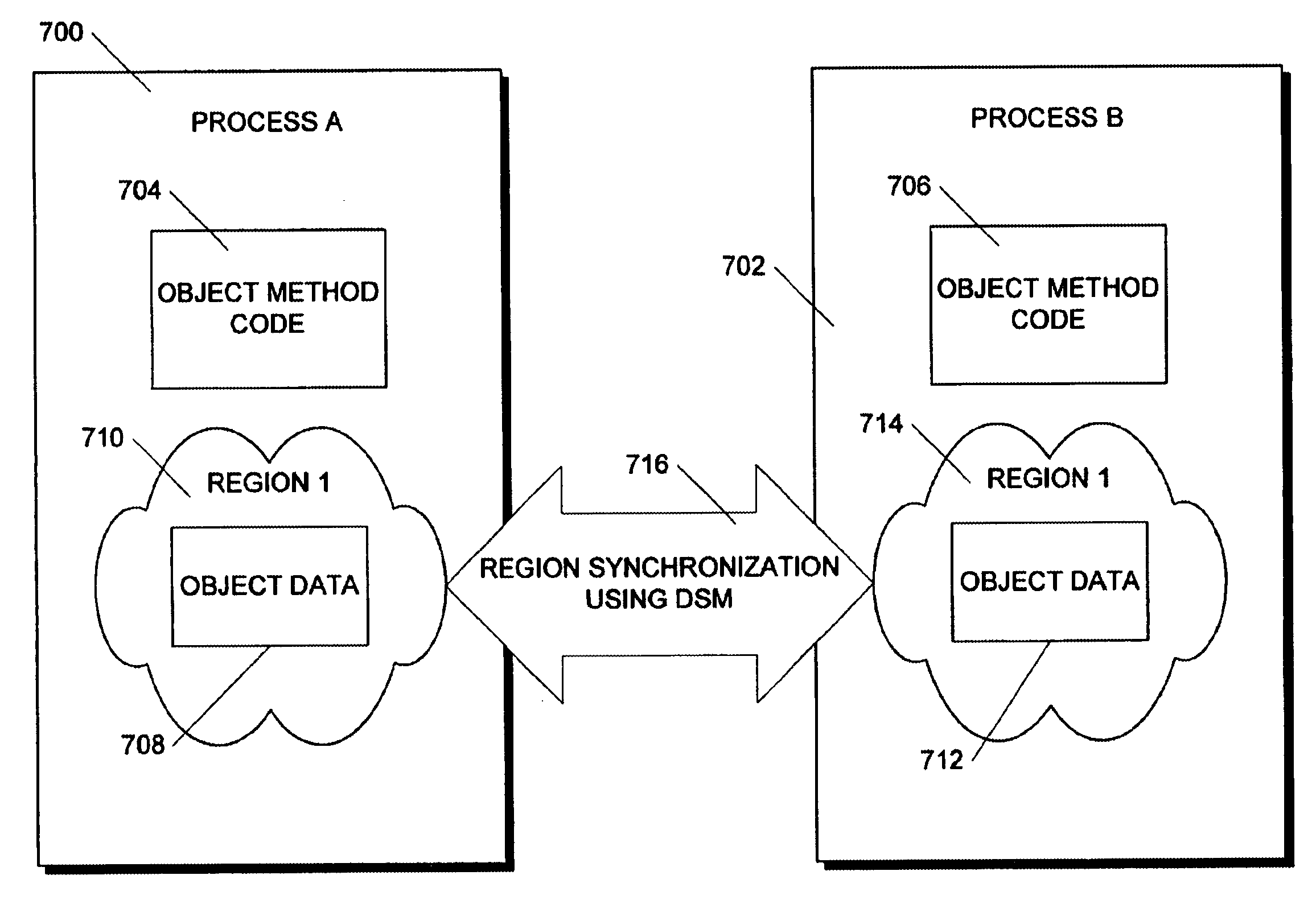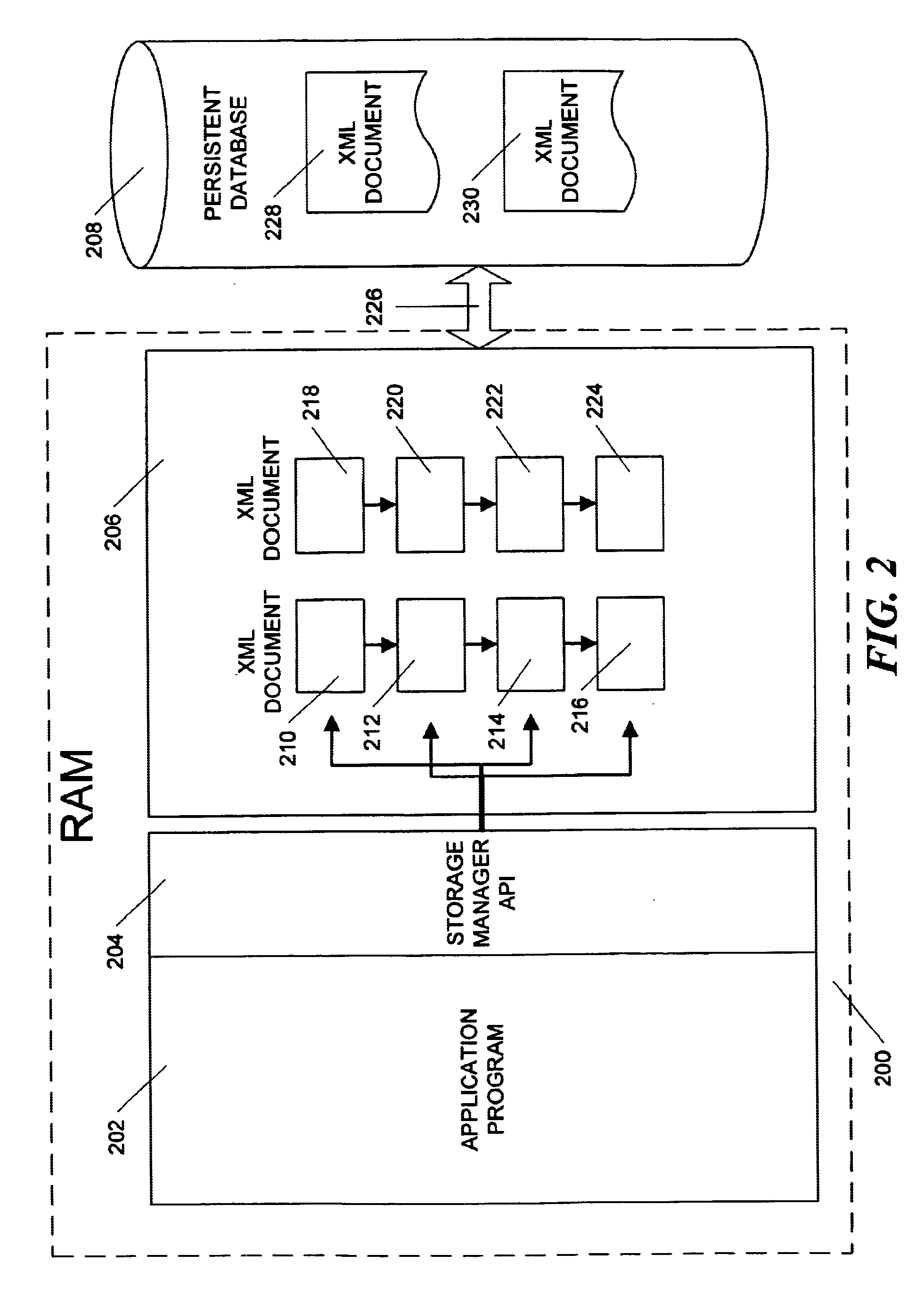Method and apparatus for efficient management of XML documents
a document management and document technology, applied in the field of information storage and retrieval, can solve the problems of poor interpretation of human-readable text data, poor effect of manipulating text data, present-day computers are unable to understand subtle context information, etc., and achieve the effect of quick location
- Summary
- Abstract
- Description
- Claims
- Application Information
AI Technical Summary
Benefits of technology
Problems solved by technology
Method used
Image
Examples
Embodiment Construction
[0038]FIG. 1 illustrates the system architecture for an exemplary client computer 100, such as an IBM THINKPAD 600®, on which the disclosed document management system can be implemented. The exemplary computer system of FIG. 1 is discussed only for descriptive purposes, however, and should not be considered a limitation of the invention. Although the description below may refer to terms commonly used in describing particular computer systems, the described concepts apply equally to other computer systems, including systems having architectures that are dissimilar to that shown in FIG. 1 and also to devices with computers in them, such as game consoles or cable TV set-top boxes, which may not traditionally be thought of as computers.
[0039]The client computer 100 includes a central processing unit (CPU) 105, which may include a conventional microprocessor, random access memory (RAM) 110 for temporary storage of information, and read only memory (ROM) 115 for permanent storage of infor...
PUM
 Login to View More
Login to View More Abstract
Description
Claims
Application Information
 Login to View More
Login to View More - R&D
- Intellectual Property
- Life Sciences
- Materials
- Tech Scout
- Unparalleled Data Quality
- Higher Quality Content
- 60% Fewer Hallucinations
Browse by: Latest US Patents, China's latest patents, Technical Efficacy Thesaurus, Application Domain, Technology Topic, Popular Technical Reports.
© 2025 PatSnap. All rights reserved.Legal|Privacy policy|Modern Slavery Act Transparency Statement|Sitemap|About US| Contact US: help@patsnap.com



